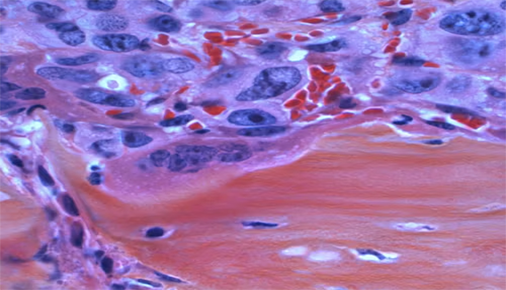Stopping Cancer’s Sneakiest Trick: Drug Resistance
Cancer’s sneakiest trick is its ability to outsmart even the most powerful drugs. For many patients, the heartbreak comes not when treatment begins, but when it suddenly stops working—sometimes after months or even years of hope and progress. This is called drug resistance, and it remains one of the biggest challenges in cancer care today.
Cancer cells are masters of adaptation. Like a fortress under attack, they find new ways to protect themselves. Some cells are born with traits that help them survive treatment, while others develop resistance over time, changing their genetic makeup or using their environment to shield themselves. Even if most cancer cells are destroyed, a few stubborn survivors can linger, quietly changing the “soil” around them and setting the stage for cancer to return.
Researchers have discovered that cancer cells can pump drugs out before they do harm, hide behind genetic mutations, or even change their shape and behavior to escape treatment. The tumor’s environment—low oxygen, acidic conditions, and supportive neighboring cells—also plays a big role in helping cancer resist therapy.
But there is hope. Scientists are using precision medicine to sequence tumors and spot resistance early, allowing doctors to adjust treatments before resistance takes hold. New drugs are being developed to target these escape mechanisms, and combination therapies are showing promise in keeping cancer off balance. Some researchers are even using artificial intelligence to predict how tumors will adapt, staying one step ahead.
For patients and families, understanding drug resistance is empowering. It means that if a treatment stops working, it’s not a failure—it’s cancer’s trick. And with every discovery, doctors are getting better at stopping it, offering renewed hope for lasting remission and brighter tomorrows.


